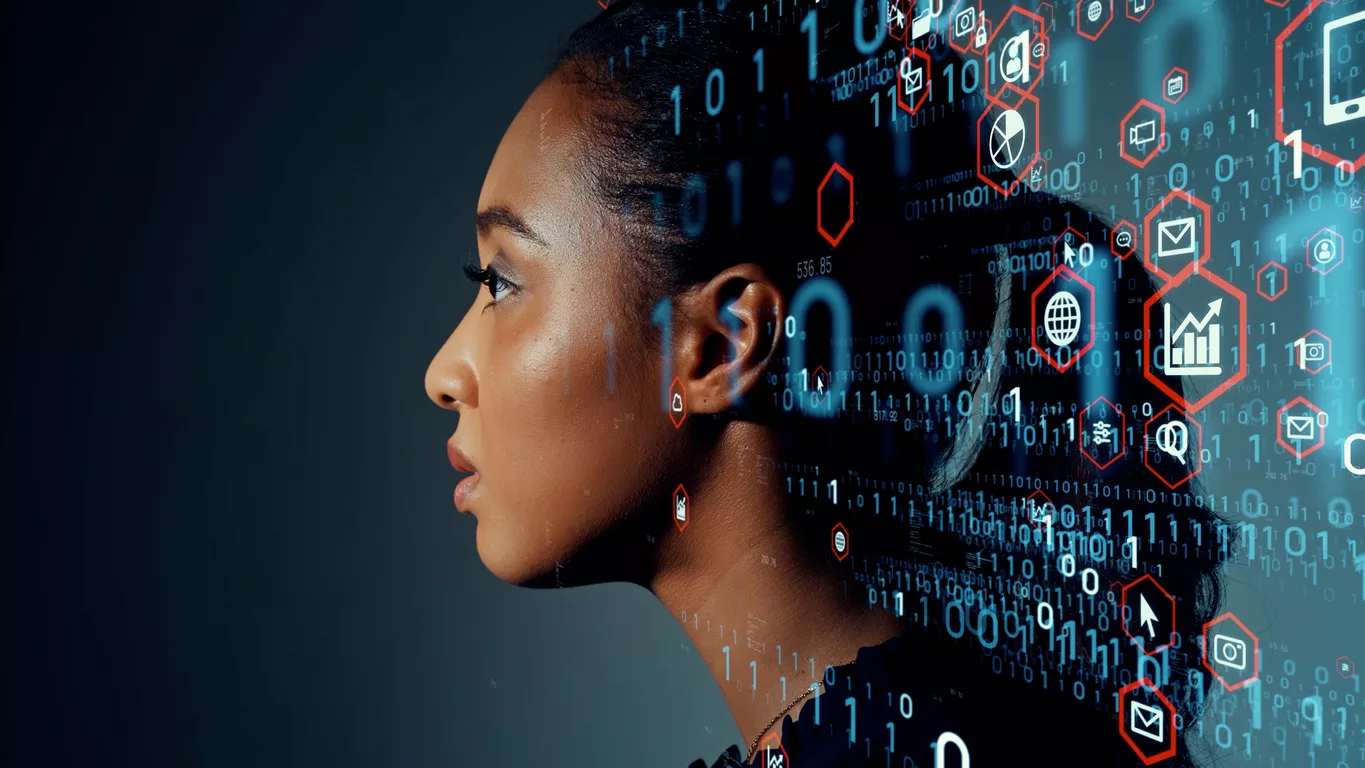Bias and variance are integral concepts in machine learning and play a big role in processing your data. In this blog post, we will explore bias and variance and how they can affect your machine-learning models. We will also provide tips on dealing with these issues and improving your predictions’ accuracy.
Definition of Bias and Variance
Bias and variance are two key concepts in machine learning. They describe how well a model performs on a given data set.
Bias is the tendency of a model to overfit the data. This means the model will perform better on training data than test data. Overfitting can lead to inaccurate predictions.
Variance is the variation in how well a model performs on different data sets. It describes how much variation there is in how well the model performs on different training datasets.
Types of Bias in Machine Learning
A few different types of bias can affect machine learning models. These include:
1. Untrained or pre-existing biases in the data set refers to any unconscious factors that influence how the model behaves, often due to how the data was originally collected. For example, suppose a dataset includes information about race and ethnicity. In that case, a model trained on this data may be biased towards predicting certain types of outcomes (e.g. predicting black people as being criminals) based on the data itself.
2. Model bias refers to any errors or inaccuracies that occur within the Machine Learning model itself, which can lead to incorrect predictions or even be used to discriminate against certain groups of people. For example, a model might be biased towards overfitting or becoming overly complex in order to fit the training data perfectly, which can result in it performing less well on future datasets.
3. User bias- this refers to any intentional choices made by either the user of the machine learning model OR by the developers who built it – for example, selecting features or parameters that are particularly suitable for their own applications rather than those that are most appropriate for the task at hand. This can lead to models that are more likely to produce accurate results for specific groups of users but may not be effective when used by other people with different backgrounds and interests.
Removal of Bias in Machine Learning
Machine learning algorithms can learn models that generalize well, meaning they perform effectively on various data sets. However, if we don’t properly normalize the input features, these algorithms can become biased. Typically, incorrect feature selection or improper data pre-processing steps cause this bias. This can lead the algorithm to wrongly associate certain features with specific classes, rather than capturing the true distribution of those features in the training set. Variance is also important to consider when working with machine learning algorithms since it determines how much each example differs from the other examples in the training set. Too much variance can lead to overfitting and poor generalization, while too little variance can lead to models that are unable to capture subtle patterns in data.
Applications of Bias Reduction in Machine Learning
Machine learning is a field of computer science that uses algorithms to learn and make predictions on data. We can break down the machine learning process into three phases: data acquisition, data pre-processing, and data analysis. In the data acquisition phase, we scan the input data for features relevant to the prediction task. This step is essential for ensuring that the learning algorithm can access the correct data.
In the data pre-processing phase, any background noise or irrelevant information is eliminated from the input data set. This step is important for preserving accurate patterns and making sure that all training examples are used properly. Additionally, this phase can often identify missing values and correct them accordingly.
In the final phase of machine learning, we use the learned models to predict outcomes on new data sets. By incorporating bias reduction techniques into this stage, it is possible to improve accuracy while maintaining variability within each prediction. Several common bias reduction methods include feature selection, weighting schemes, and boosting algorithms.
Conclusion
If you want to apply machine learning effectively, you need to understand two important concepts: bias and variance. Bias is the tendency of a model to over-estimate or underestimate the probability of occurrence of certain events, while variance is the spread of predictions around their true value. By understanding these terms, you can work to reduce bias and improve your modeling accuracy.





